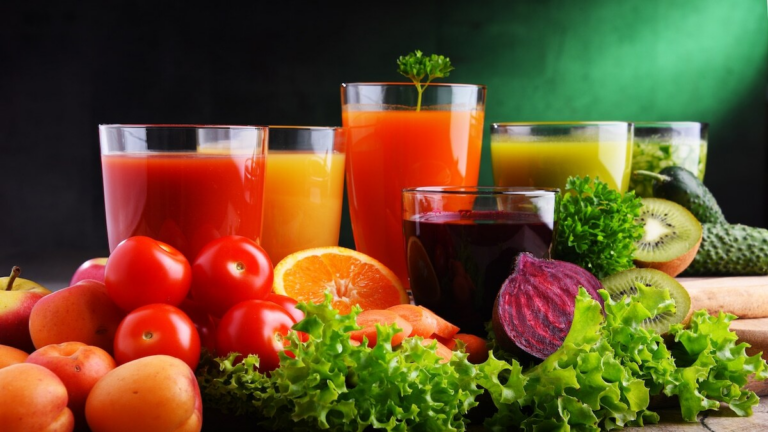“Benefits of Fresh Fruit and Vegetable Juices — How to Make and Preserve Them.”

The global fruit and vegetable juice market has seen significant growth over the past few years, and it’s expected to continue expanding in the future. By 2020, it was projected to surpass five trillion dollars, with a double-digit revenue increase anticipated in the following years. A comprehensive understanding of this market includes looking at the long history of fruits and vegetables, which humans have been consuming for over 9,000 years. From early preservation methods by Egyptians to modern-day juicing, the love for these natural products remains strong.
Juicing today is widely popular because it offers essential vitamins, minerals, and nutrients in a convenient, delicious form. Fruit and vegetable juices contain vitamins A and C, potassium, calcium, and fiber, all of which play key roles in supporting the body. Additionally, antioxidants present in many fruits and vegetables help fight free radicals, protecting cells from damage. These nutrients combined with natural sugars found in fruit juices make them an easy way to stay energized throughout the day.
The increasing demand for fresh fruit and vegetable juices can be attributed to more consumers turning to natural sources for nourishment. Fresh juices, available in various flavors and textures, provide a healthy way to refresh your body while offering different tastes to suit individual preferences. Whether sold in stores or made at home, the variety of combinations and customization options make juicing an appealing choice for people of all ages.
Apart from the nutritious benefits, juicing offers other advantages such as detoxifying the body by flushing out harmful toxins. By regularly consuming fruit and vegetable juices, individuals can support digestion, promote waste removal, and boost energy levels. This is especially true for juices that include high-fiber fruits like apples, pears, and berries, which contribute to better digestion and regular bowel movements.
Another major perk of juicing is that it enables people to experiment with their favorite flavors, combining fruits and vegetables to create customized beverages. For example, using apples to sweeten vegetable-heavy juices or blending soft fruits for a thicker, smoothie-like texture can enhance the flavor while keeping it nutritious. The flexibility and creativity juicing offers are what make it a popular choice for those seeking variety in their diet.
Juicing also plays a role in the natural food movement, with more people embracing organic and raw ingredients. This shift towards organic juices has further spurred the market’s growth as consumers become more aware of the importance of fresh, non-processed foods. The growing awareness of the impact of natural food consumption, coupled with the availability of organic options in juice, makes it an appealing choice for those conscious of their diets.
Storage and preservation are critical when it comes to juicing. To maintain freshness, juices should be stored in air-tight containers and refrigerated immediately after preparation. Adding lemon juice to the mix can also help preserve its nutritional value by slowing down the oxidation process. This ensures that even after storage, juices retain their nutrient profile.
As the popularity of juicing continues to rise, it’s important for people to research which fruits and vegetables offer the most nutritional benefits. By exploring different combinations and experimenting with flavors, anyone can create delicious, nutrient-packed juices that meet their personal health and wellness goals. From boosting energy to supporting bodily functions, fruit and vegetable juices are not just a tasty treat—they’re an essential addition to a balanced eating.



